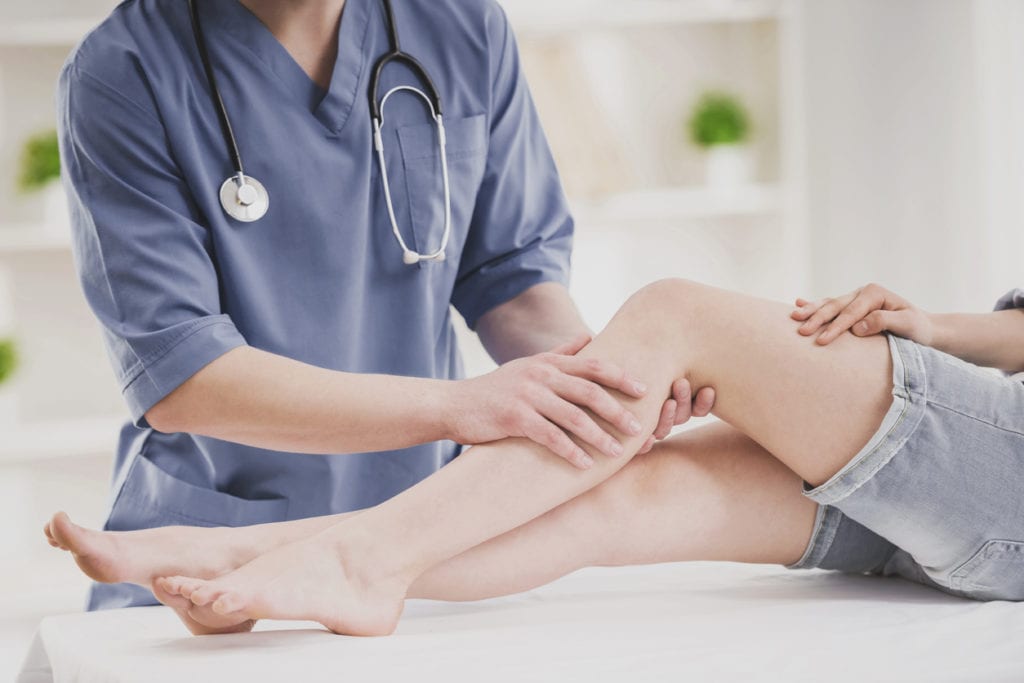Orthopedic conditions in children and adolescents encompass a wide range of musculoskeletal disorders that can affect their bones, joints, muscles, ligaments, and tendons. These conditions can vary from congenital abnormalities to injuries and developmental issues.
Here are some of the most common orthopedic conditions seen in children and adolescents:
- Fractures: Broken bones are common in active children and adolescents due to falls, sports injuries, or accidents. Fractures can vary in severity, from hairline fractures to complete breaks, and may require casting or surgical intervention for proper healing.
- Scoliosis: This condition involves an abnormal curvature of the spine, which can develop during growth spurts in adolescence. Mild cases may require observation, while more severe cases might need bracing or surgical correction.
- Clubfoot: A congenital condition where the foot is twisted out of shape or position. Clubfoot can often be corrected with non-surgical methods like casting and stretching exercises, although some cases may require surgery.
- Developmental Dysplasia of the Hip (DDH): This occurs when the hip joint doesn’t develop properly, leading to instability or dislocation of the hip. Early diagnosis and treatment with bracing or sometimes surgery are crucial to prevent long-term complications.
- Osteochondritis Dissecans (OCD): A joint condition where a piece of bone and cartilage becomes detached from the end of a bone. It commonly affects the knee and can cause pain and limited motion, often requiring rest and sometimes surgical intervention.
- Sever’s Disease: Also known as calcaneal apophysitis, this condition involves inflammation of the growth plate in the heel bone due to overuse or repetitive stress, commonly seen in active adolescents involved in sports.
- Juvenile Idiopathic Arthritis (JIA): This is a chronic autoimmune disorder that causes joint inflammation and stiffness in children. Treatment focuses on managing symptoms and preventing joint damage.
- Limb Length Discrepancy: Occurs when one leg is shorter than the other, which can be due to various reasons including congenital conditions, injuries, or infections. Treatment may involve observation, shoe lifts, or surgical correction.
- Perthes Disease: A condition where the blood supply to the femoral head (hip joint) is temporarily disrupted, leading to bone loss and deformity. Treatment may involve casting, bracing, or surgery to maintain hip joint function.
- Osgood-Schlatter Disease: Common in adolescents involved in sports, this condition causes pain and swelling at the tibial tuberosity (bony bump just below the knee) due to inflammation of the growth plate. Rest, ice, and stretching exercises are typical treatments.
Diagnosis and treatment of orthopedic conditions in children and adolescents often require specialized care from pediatric orthopedic specialists. Early intervention is crucial to manage these conditions effectively and minimize long-term complications, allowing young patients to maintain optimal musculoskeletal health as they grow and develop.






Comments